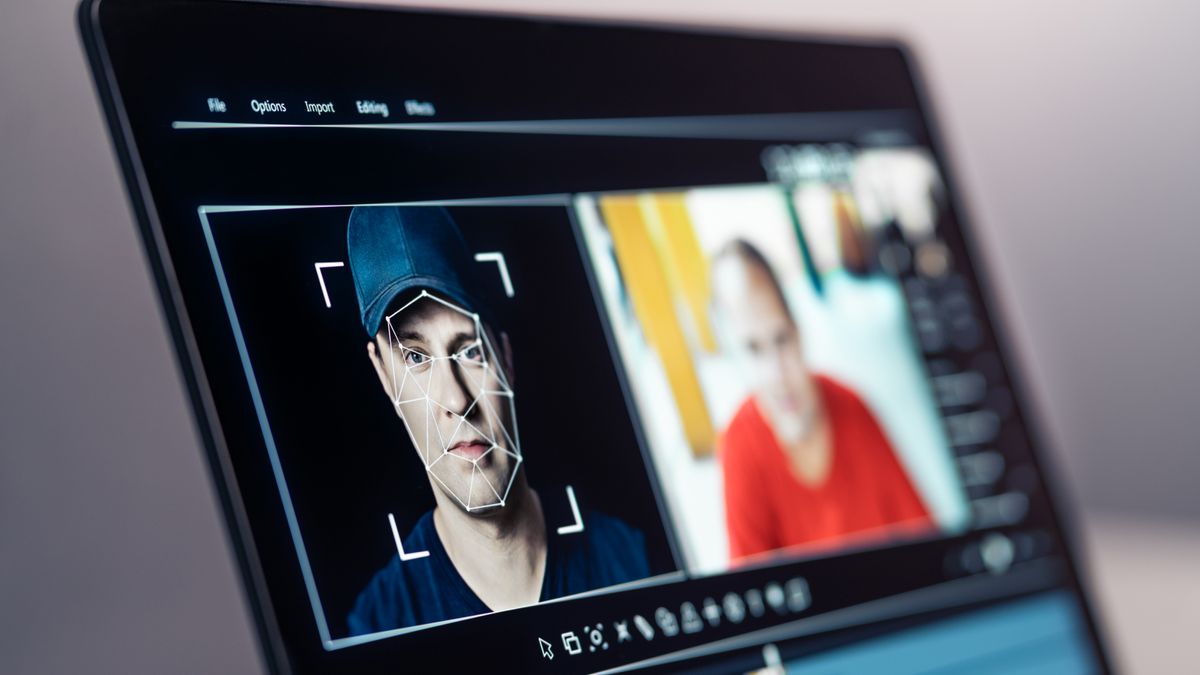New AI algorithm flags deepfakes with 98% accuracy — better than any other tool out there right now

🌈 Abstract
The article discusses the emergence of AI-generated video content and the need for effective detection methods to combat the rise of deepfakes. It highlights the irony of AI being used to protect against AI-generated content, and the challenges faced by existing forensic detection programs in identifying AI-generated videos.
🙋 Q&A
[01] The Emergence of AI-Generated Video Content
1. What are the key issues discussed in the article regarding AI-generated video content?
- The article discusses the emergence of AI video generation products like Sora and Luma, which are leading to a flood of AI-generated video content.
- Policymakers, public figures, and software engineers are warning about a deluge of deepfakes, which are AI-generated fake videos.
- Existing forensic detection programs have been effective against edited videos, but they struggle to identify AI-generated videos, as there is no evidence of image manipulation frame-to-frame.
2. What is the breakthrough described in the article?
- The article describes a new algorithm called "MISLnet" that can identify AI-generated videos with over 98% accuracy.
- MISLnet evolved from years of data derived from detecting fake images and videos, but it uses a different approach that can differentiate between normal and unusual values at the sub-pixel level of images or video clips.
- MISLnet outperformed seven other fake AI video detector systems, correctly identifying AI-generated videos 98.3% of the time.
3. What is the significance of this breakthrough?
- The breakthrough is significant because it represents an important new milestone in detecting fake images and video content, which is becoming increasingly important as AI-generated video content becomes more prevalent.
- The article notes that existing forensic detection programs have been effective against edited videos, but they struggle to identify AI-generated videos, which do not contain the same "digital breadcrumbs" that these programs look for.
- The development of MISLnet and other advanced detection algorithms is crucial in the fight against the spread of misinformation and deepfakes.
[02] The Challenges of Detecting AI-Generated Video Content
1. What are the challenges in detecting AI-generated video content?
- Existing forensic detection programs have been effective against edited videos by treating them as a series of images and applying the same detection process.
- However, with AI-generated video, there is no evidence of image manipulation frame-to-frame, so the detection program needs to be able to identify new traces left behind by the way generative AI programs construct their videos.
- The relationships between pixel color values that are typically used to detect manipulated videos are not present in AI-generated videos, as they are not produced by a camera capturing a real scene or image.
2. How does the MISLnet algorithm address these challenges?
- The MISLnet algorithm uses a constrained neural network approach that can differentiate between normal and unusual values at the sub-pixel level of images or video clips, rather than searching for the common indicators of image manipulation.
- This allows the algorithm to identify the unique "digital breadcrumbs" left behind by AI-generated video, which are not present in user-generated or edited videos.
- The article states that MISLnet outperformed seven other fake AI video detector systems, correctly identifying AI-generated videos 98.3% of the time.
3. What is the significance of the MISLnet algorithm in the context of the rise of AI-generated video content?
- The development of the MISLnet algorithm is significant because it represents an important step in the fight against the spread of misinformation and deepfakes.
- As the article notes, "we can reasonably expect to be inundated with synthetic videos" as AI-generated video becomes more ubiquitous and easier to use.
- The ability of MISLnet and similar advanced detection algorithms to accurately identify AI-generated video content is crucial in maintaining the integrity of information and media in the digital age.